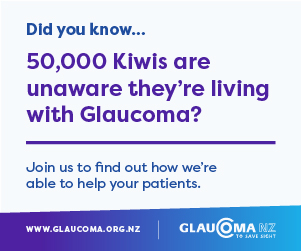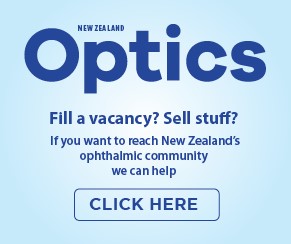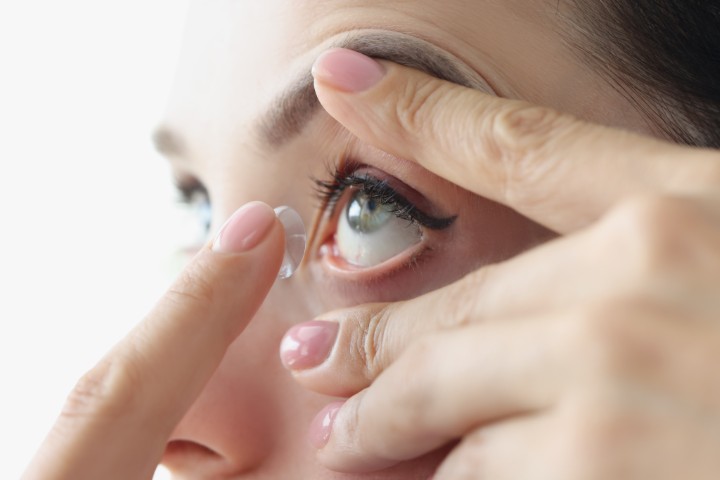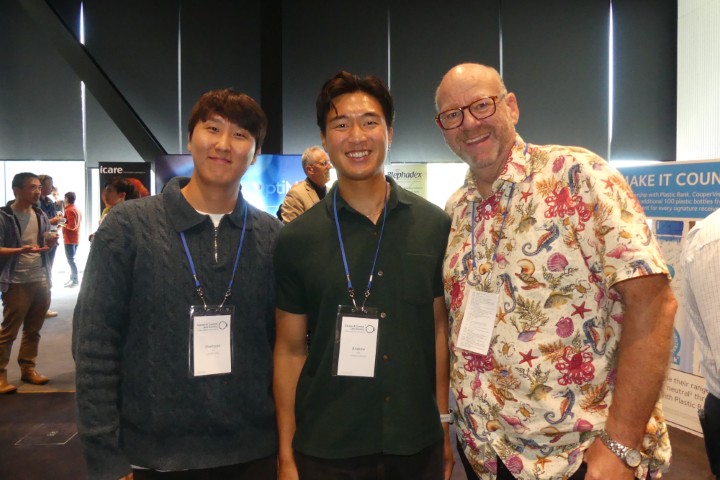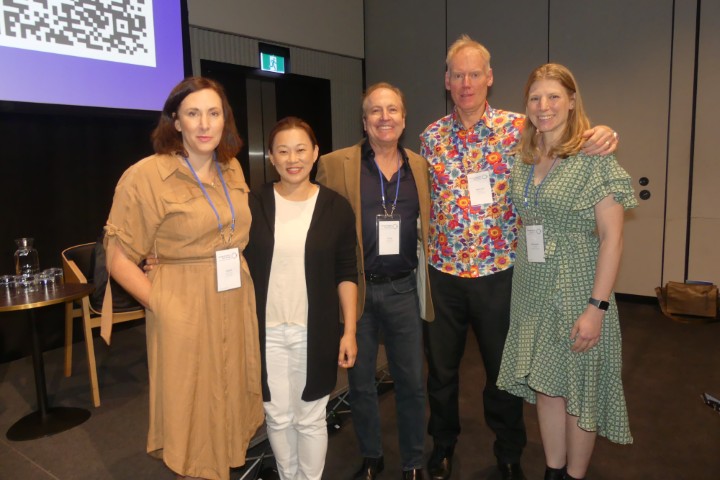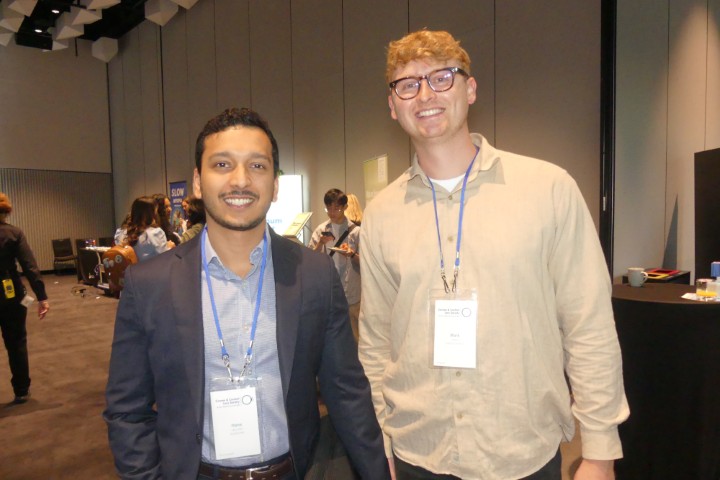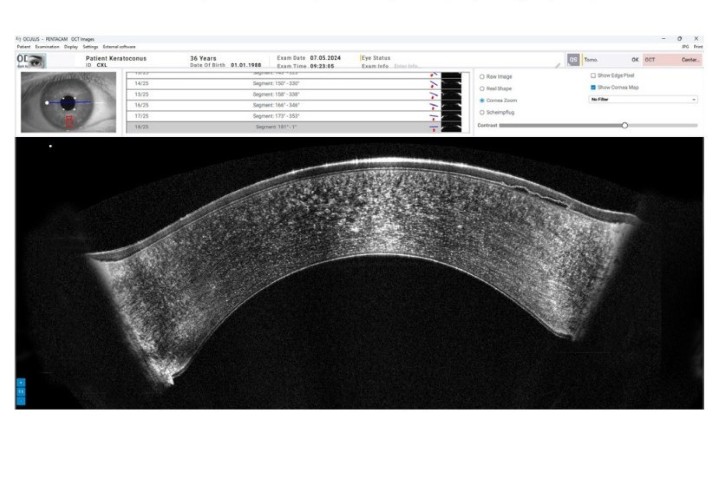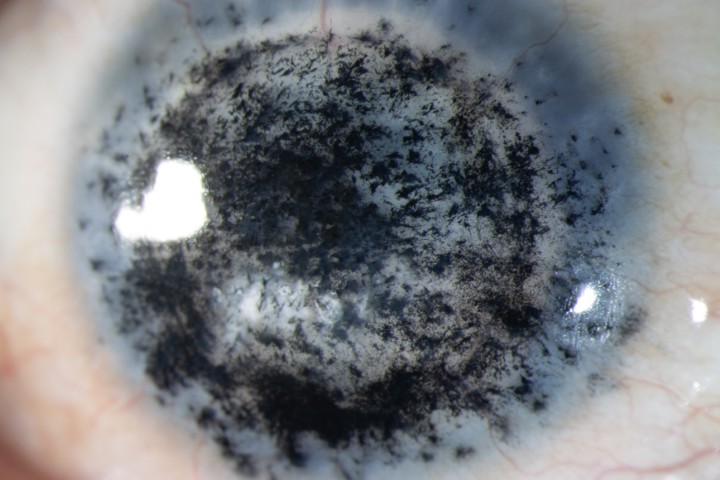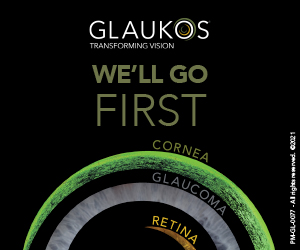CL troubleshooting: silicone hydrogels vs hypergels
When silicone hydrogel contact lenses (CLs) first entered the market, offering significantly improved oxygen permeability, eyecare practitioners were hopeful these would not only improve ocular health and comfort, but also reduce the level of drop-out for patients. That was 1999 and since then several manufacturers have introduced new silicone hydrogel lens variations, yet the total number of CL wearers has significantly declined¹.
Discussing this phenomenon at the CCLS NZ 2025 conference, on behalf of the Radiant Health team, distributors of Bausch + Lomb’s CL range, specialist CL optometrist Alex Petty said for some patients, B+L’s patented hypergel lenses may be a better option.
The problem with silicone hydrogel lenses is, while they have improved clinical signs of hypoxia, they’ve been associated with an increased risk of infiltrative events for younger patients². Plus, the inherent hydrophobic nature of silicone means the lenses can suffer from poor wettability, often requiring clever coatings and surface properties to hide the silicone content. This works well for many CL wearers, but not for all, said Petty. “Silicone hydrogel lenses were an important step, but not a big leap and are definitely not the only choice for our patients.”
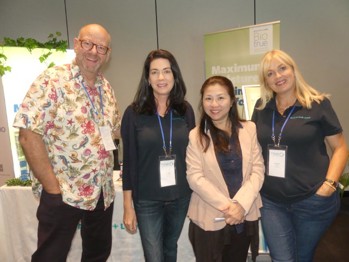
Andrew Sangster (left) and Janice Teo (third) with Radiant Health
B+L team Yvette Beattie and Leanne Fierro
Inspired by the properties of the ocular surface, B+L developed hypergel and released its BioTrue Oneday lens range to the market in 2013. These silicone-free hypergel lenses contain 78% water – the equivalent of the cornea – while delivering nearly the same oxygen level as an open eye. The outer surface of the lens has also been developed to mimic the lipid layer of the tear film to prevent lens dehydration, maintaining consistent optics and effective mechanical properties, so it’s not fragile, over a long day, said Petty. Studies have demonstrated hypergel lenses have significantly lower water loss and a more wettable surface compared with hydrogel lenses, while others have shown BioTrue patients had the longest average tear breakup time, outperforming competitor lenses by up to 50%³.

Elaine Barling, Ray Wong, Geoff Sargent and Melinda
Nordin
Using a few real case studies, Petty discussed the type of patients who may benefit from BioTrue’s hypergel range. These include dry eye patients, those with high vision demands and those who work in challenging environments, which can dehydrate the ocular surface, he said. “They are a great troubleshooting option, perhaps for patients who haven't done so well with lenses before or are suffering from discomfort with their current lenses.” They are also affordable for those patients who find the cost of one-day lenses a barrier. “And that certainly can be helpful if you’re trying to transition someone out of a monthly lens into what you know is going to be a healthier lens for the long term.”
References
- Rumpakis J. New data on CL dropouts: An international perspective. Review of Optometry. 15 Jan 2010.
- Chalmers RL, et al. Age and other risk factors for corneal infiltrative and inflammatory events in young soft contact lens wearers from the Contact Lens Assessment in Youth (Clay) study. Invest Ophthalmol Vis Sci. Aug 24;52(9):6690-6.
- Tomy L, Chan O, Reindel B, Steffen R. Non-invasive tear break-up time evaluation of six types of daily disposable contact lenses after 10 hours of wear. Global Specialty Lens Symposium, B+L. January 2020







